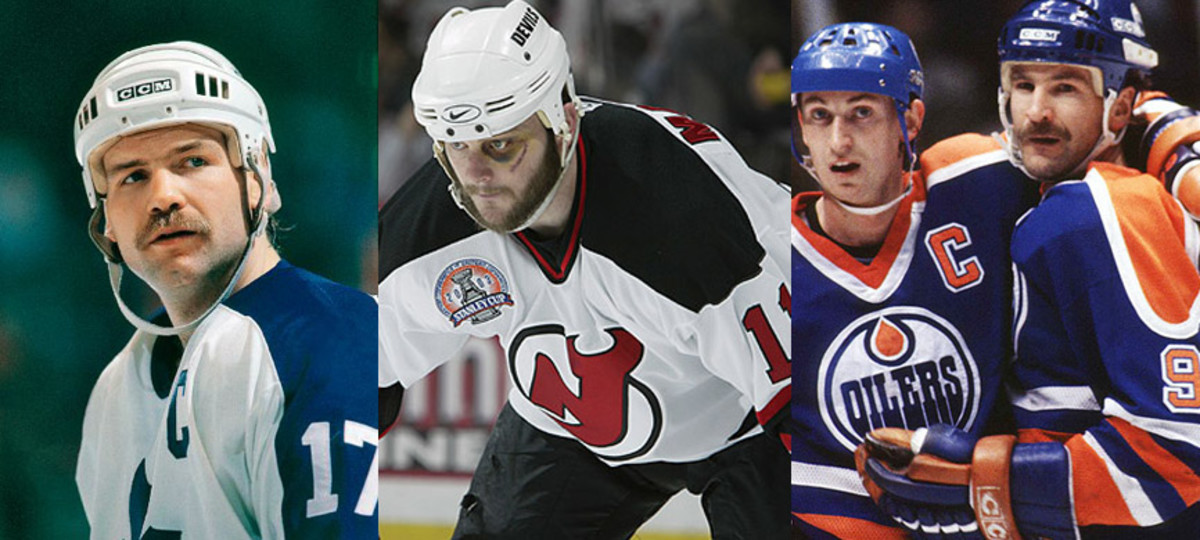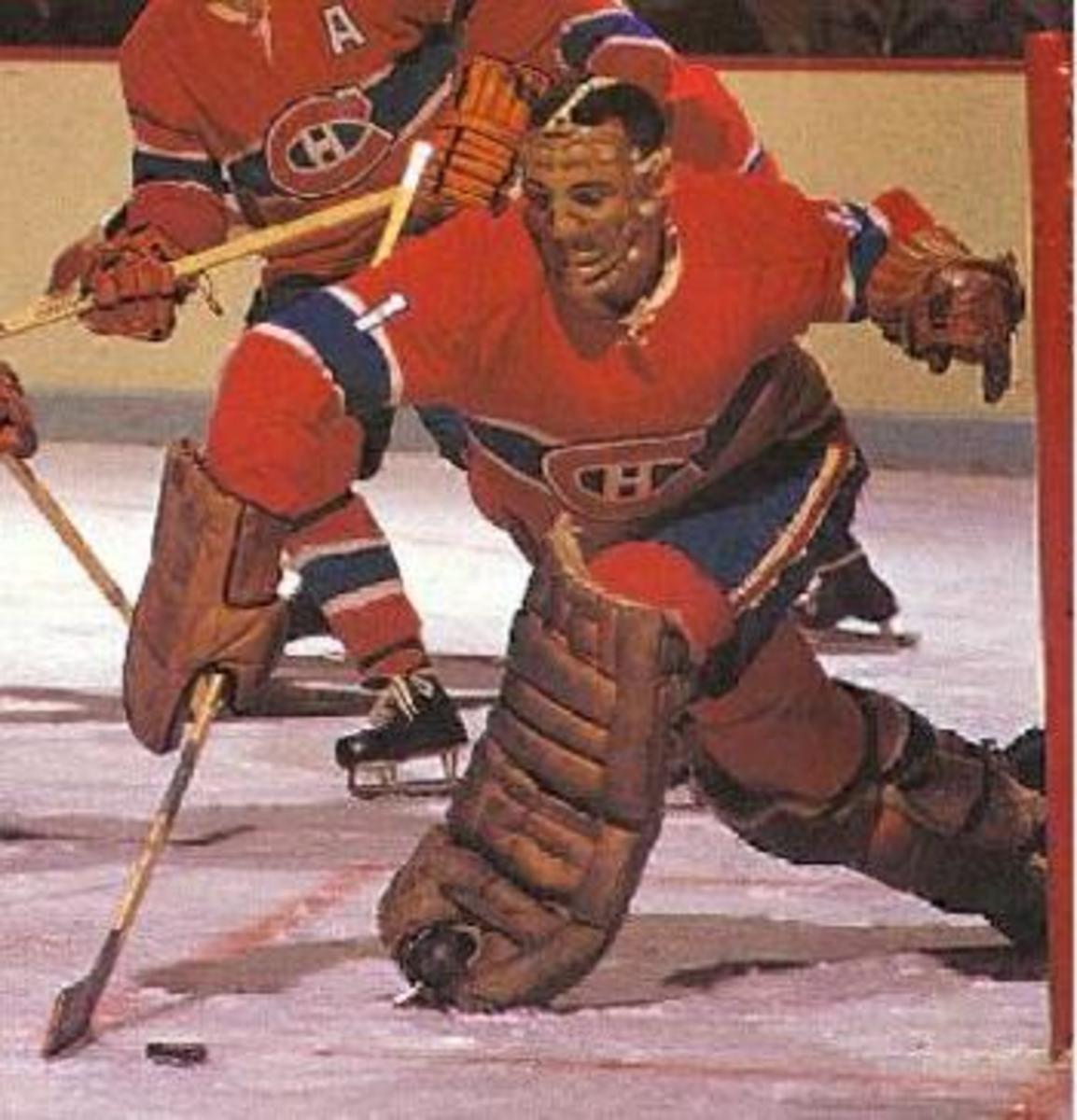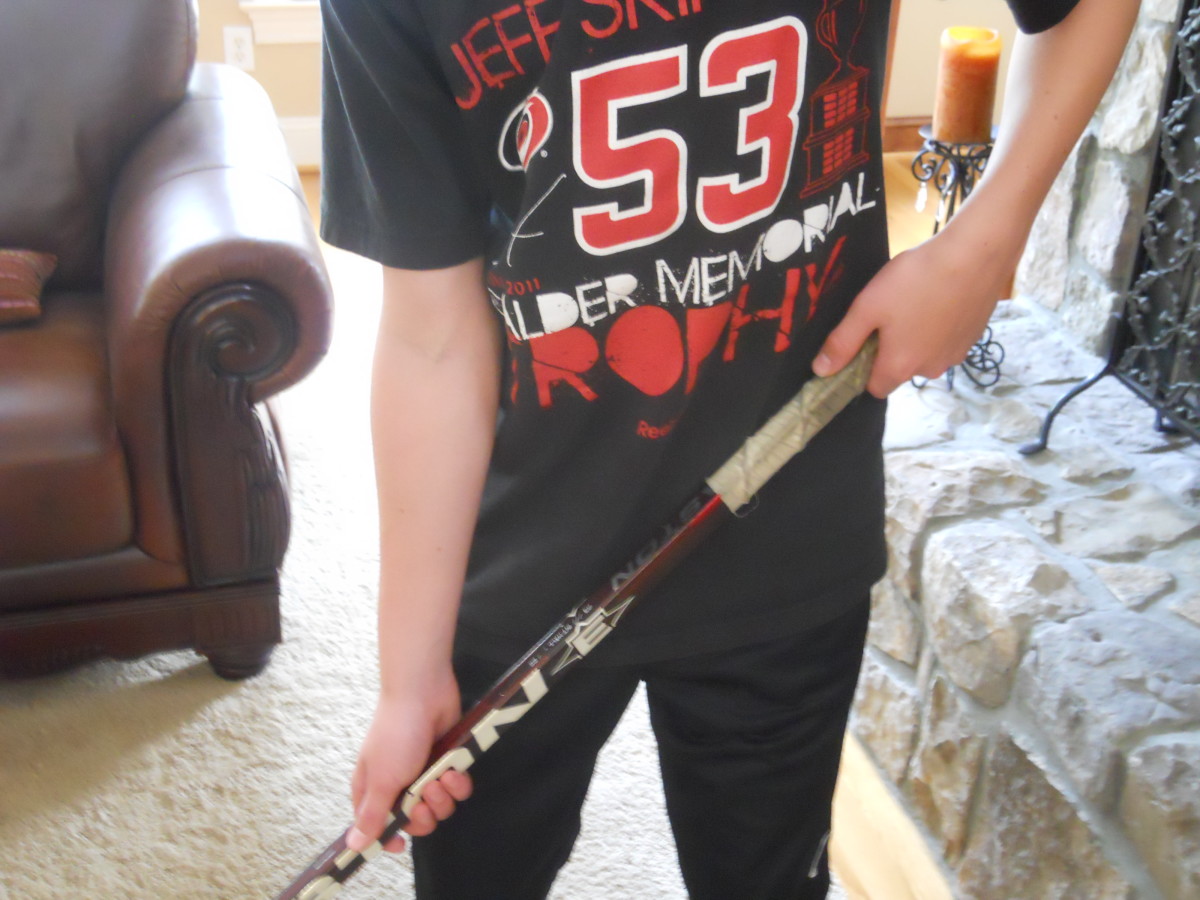History of Hockey: Canada's Love Affair with the Game


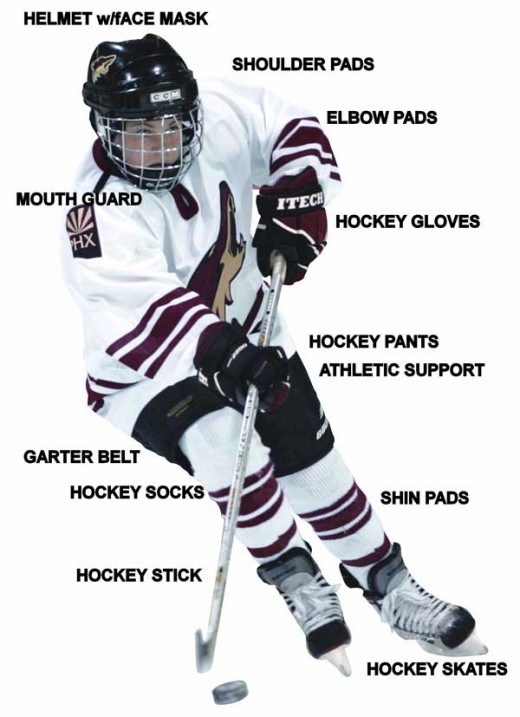

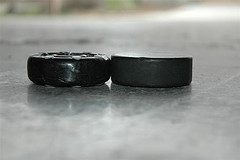
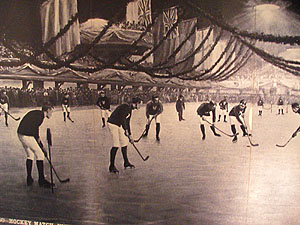
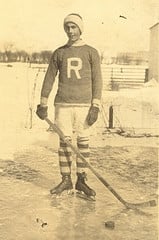
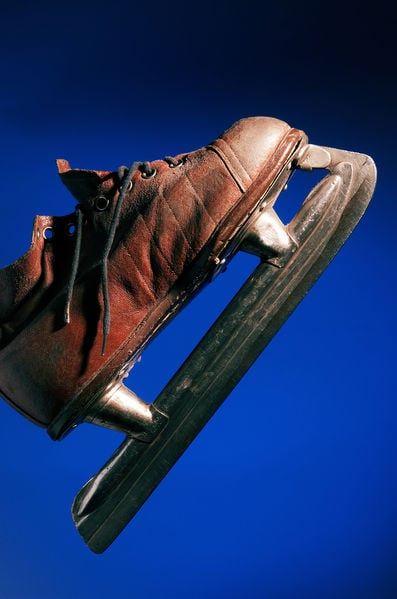
2011 Canuck Fever
Almost everyone is infected with Canuck Fever in British Columbia, Canada; especially Vancouver, the home city of the Vancouver Canucks. Vancouver people have had a love – hate relationship going back for the last 40 years when the team was founded. But, hockey goes back much further than the Canucks. Hockey is now a truly Canadian sport that now has world wide popularity, ranking it with the likes of soccer a.k.a. Football in Europe and South America. But its roots go deep into history and hockey and its close variants were played in Rome, Egypt and in South America. Reports of origins of hockey, also known as stick and ball, start from about 4,000 years ago. It was not always played on ice and this is Canada's relatively contemporary evolution of the sport. Nor was it played with a puck as often as with a hard rubber ball.
From Egypt, it was exported to Rome and Rome passed it on to the world it occupied. It emerged in 17th century England and was a fiercely competitive game where up to 100 players would compete on the hockey field. The Dutch are noted for their prowess in skating, having invented the device. Given the British yen for the sport and the Dutch ability with ice skating, it was only a matter of time before the field game was taken to the ice, where it picked up a lot of speed and greater intensity. When the English arrived in the “new world” they brought hockey with them. Both the summer and winter forms were brought over, but as most of Canada had long winters, the winter form predominated and evolved to what we now know as modern hockey. Canada's First NHL (National Hockey League) formed and played in the 1917-18 season and it's been going strong ever since and has blossomed to encompass virtually the whole world. Many countries now boast a national hockey team and it has also become an Olympic event.
Early forms of hockey were demanding, a test of manhood and could last up to half a month. There were few rules and players would often get badly injured during the game. The bench clearing brawls that we see today in many a game, were typical of early forms and umpires would be more spectator to the violence than someone who intervened. In places like Rome and South America, the game was sometimes truly played for keeps; that is, the losers forfeited their lives in sacrifice. Eventually, some sense of conduct evolved in the game where the size of teams was limited to 30 people and rules of the game were introduced in 1875 in the Hockey Association that was founded in Eton College of Great Britain. The Umpire was given more authority to intervene if there were infractions. The rules brought more sense into the game and improved how it was played. In the same year of 1875, rules were applied that were developed by J G Creighton, to ice hockey in Canada that was already being played. The first game of this kind was played in Montreal, Quebec. The official rules as they now stand, were developed in McGill University of Montreal in 1879. Many of the rules came from the Scottish game of curling where stones were used on the ice to attempt gaining points by getting in the center of a circular target. Some of these circular targets wound up on the hockey rink, but for a different purpose. Instead of a circular target at the end of the rink, goal nets were developed to capture any puck that got past the goalie. The art of goal tending became a practice in itself and goal tenders can rise to great fame today as any player on the ice.
There would be no hockey were it not for the hockey stick that has been around in various forms for the extent of it's 4,000 year history. The modern stick evolved from the early 19th century where a wooden blade was fixed to a handle. This evolved rapidly in the mid 20th century to include curved blades that allowed for greater accuracy in shooting goals, to composite sticks and light weight aluminium sticks. Taping the blade developed as a response to the fact that the blade would often break off in a hard driving game. Many earlier sticks had the option of replaceable blades in the event of breakage. These of course, were fixed in place with tape. The innovation of the puck evolved as it worked much better on the ice, whereas the ball for field hockey did not work as well due to bouncing. The puck evolved first from wood crosscut from a branch to the hard rubber disk three inches across and one inch thick. When the rubber ball was used, it was unmanageable on the ice, so the ends were cut off to make the first flat rubber puck around 1886. Now they are made in the same way a ball is made from hard rubber but with the ends already off, leaving the rounded but flattened middle. This is far more manageable than any ball on ice.
In the early part of the 20th Century in Canada, Prime Minister Stanley, after whom the park in Vancouver is named and the famed cup for which teams vie today, created the prize that was originally a model of a tea cup, Today, the Stanley Cup is the most coveted prize in the hockey world for which every team strives to attain. We have evolved to be a nation obsessed with hockey and the outcome of games which are watched religiously by millions of fans. Many people of all ages also play the game with as much vigor as a professional hockey player.
Hockey is a way to vent fierce passion in the venue of intense competitive sports. It has also become a hugely profitable enterprise. A single ticket for a Stanley Cup playoff game can cost $900 Canadian and that's just to view one game live. Every major city in Canada, the US, Europe and to a lessor extent, Russia, has a professional hockey team. Many countries also support an Olympic hockey team. Olympic hockey got its start during the 1908 Olympiad. In the 2010 Vancouver Olympic hockey competition, Canada took the Olympic hockey gold medallion in the best of seven games. The whole country was ecstatic, but no more so than in Vancouver that screamed in celebration for almost 24 hours straight after the victory game was completed in Vancouver, BC. 2011 sees a fever pitch mounting as the home team Vancouver Canucks is in the position to win the coveted Stanley Cup during the 2011 Conference. The whole of the city is gearing up, especially for the home games over the month of June 2011. Boston no doubt has the same atmosphere. The mood of Vancouver city was that of a roller coaster as the team won and lost and eventually won the play offs to get to compete for the cup. From quiet somberness to screaming elation, the mood swung on how the hockey games hung. The teams today are closely matched in skill, which makes for a far more exciting hockey game. This match is evidenced by the plenitude of games in the play offs that went into overtime with sudden death goals.
It's all about stick handling and aiming the puck both for player and goalie
But the mass interest in the sport is not without problems, and no one is more aware of that than the police and security, particularly in Vancouver. There are remembrances of the 1994 riots with the loss of the cup when the Canucks lost to the New York Rangers in the best of seven. When the Canucks lost the Stanley Cup, almost 100,000 people gathered in the downtown region of Vancouver. They congregated along Robson and Granville Streets. The fans became rowdy and trouble makers started to do crazy acts like climbing support posts and walking on overhead trolley lines. Trouble erupted between a few fans and the police at Robson and Thurlow Streets. Tear gas was deployed which were to eventually rise to battlefield quantities as the police ordered the skytrain shut down for safety reasons. An irate fan charged the police lines and was fired on and killed. All hell broke out at that point. 70,000 people were trapped downtown battling with the police who continued using tear gas and rubber bullets. Several people were injured and a few died, one from a rubber bullet and some in the nearby hospital on Burrard Street where a few people on respiratory life support died from the tear gas that wafted over the entire west end of Vancouver in battle field quantities. People miles from the riot were stopped and questioned by the police. The battle went on well into the morning of the next day and did not fully conclude until the skytrain resumed service the following morning after being ordered shut down the evening before. Thousands were arrested, but soon released, many with court appointments for destruction of property, trespass, trespass by night, disturbing the peace, break and enter, inciting or participating in a riot, looting and numerous other charges.
Vancouver is now in a position similar to the 1993-94 season and control is already tight, particularly with the surveillance that was installed for the 2010 Olympics. A nervous anticipation grips the air as we count down to the Stanley Cup Conference best of seven for the month of June 2011 between the Vancouver Canucks and the Boston Bruins. The best advice that can be given, regardless of the outcome, is to take the love of hockey to the ice instead of the streets. Who knows, by applying passions to hockey instead of rioting, we may even wind up playing for the Vancouver Canucks or Boston Bruins.
References:

